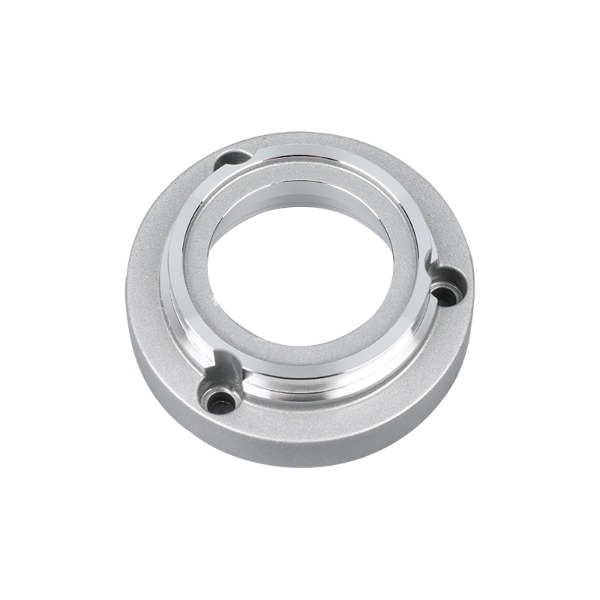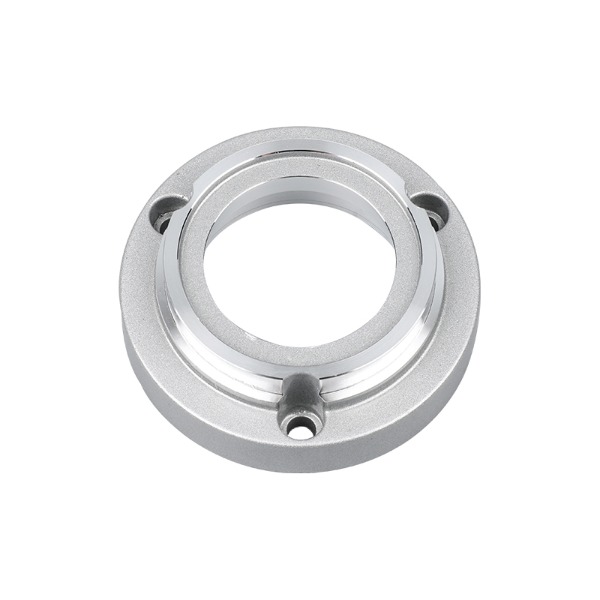Introduction
Is electric motor casting the solution for achieving optimal efficiency and sustainability in the modern world of electromechanical systems? In this article, we will explore the intricacies of electric motor casting, focusing on the role it plays in producing efficient, durable, and eco-friendly electric motors. The phrase "electric motor casting" will make ten appearances throughout this article as we delve into its various aspects.
Understanding Electric Motor Casting
Electric motor casting is a specialized manufacturing process used to produce the essential components of electric motors. This process involves creating complex motor components by pouring molten metal into molds. But why is this process so crucial, and how does it influence the overall performance of electric motors?
Enhancing Efficiency through Precision Casting
One of the key aspects of electric motor casting is precision. Achieving the right casting precision is vital to minimizing energy losses, which ultimately translates into improved motor efficiency.
Electric motor casting offers a wide range of material choices. From aluminum to copper, the selection of the right materials significantly impacts the motor's performance and longevity. But how do different materials affect electric motor efficiency?
Casting Methods: Sand vs. Die Casting
Electric motor components can be produced through different casting methods, including sand casting and die casting. These techniques have a significant impact on the quality and properties of the cast components. Which method is better suited for electric motor casting?
Sustainability is a growing concern in today's world. Electric motor casting has the potential to be environmentally friendly by reducing waste and energy consumption. But can it truly make a substantial difference?
Challenges in Electric Motor Casting
Despite its benefits, electric motor casting also comes with its own set of challenges. These challenges may affect the casting process and, subsequently, the performance of the motors. What are these hurdles, and how can they be addressed?
Ensuring Durability and Reliability
Reliability is a critical factor for electric motors, particularly in industrial applications. Electric motor casting plays a vital role in ensuring the durability and longevity of the motor. How can this be achieved through casting?
Innovations in Electric Motor Casting
Advancements in technology and materials are continuously shaping the electric motor casting landscape. These innovations offer opportunities for further efficiency improvements. What are the latest trends in electric motor casting, and how do they impact motor performance?
The Role of Electric Motor Casting in Electrification
As the world embraces electrification, the demand for efficient electric motors continues to grow. Electric motor casting is central to meeting this demand by producing motors that power everything from vehicles to industrial machinery. But is it ready to support the electrification revolution?
Conclusion: A Sustainable Future with Electric Motor Casting
Electric motor casting is undoubtedly a critical component of the electric motor manufacturing process. Its precision, materials, environmental benefits, and innovations are all integral to achieving optimal efficiency and sustainability. As we contemplate the future of electric motors, we must ask ourselves: is electric motor casting the key to unlocking a more efficient, eco-friendly, and sustainable world?
In conclusion, electric motor casting is a multifaceted topic with far-reaching implications for the performance of electric motors in various applications. Its role in enhancing efficiency, sustainability, and reliability cannot be overstated. As technology continues to evolve, electric motor casting will likely play an increasingly pivotal role in shaping the future of electromechanical systems.








